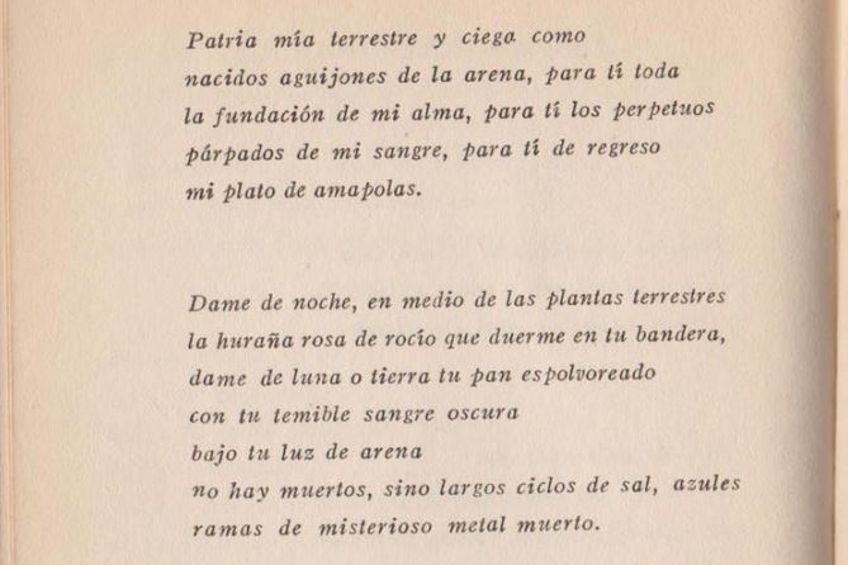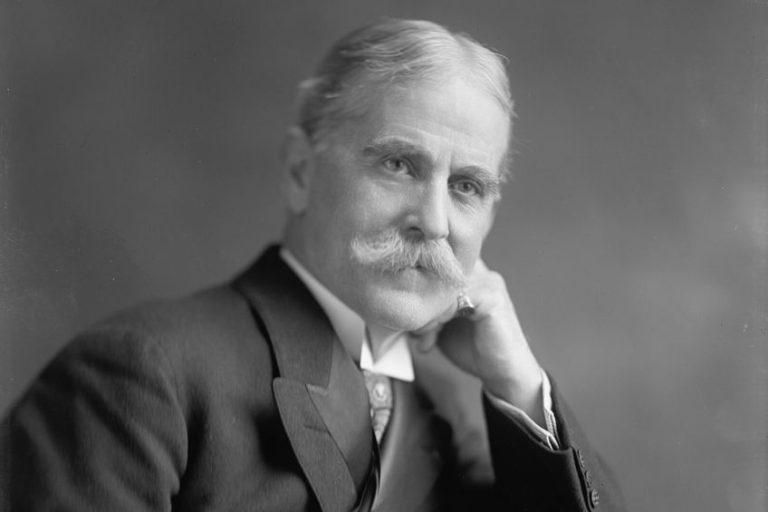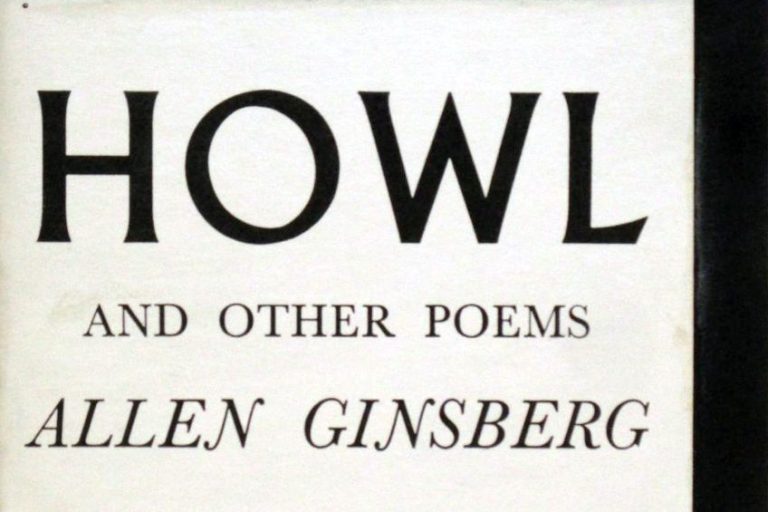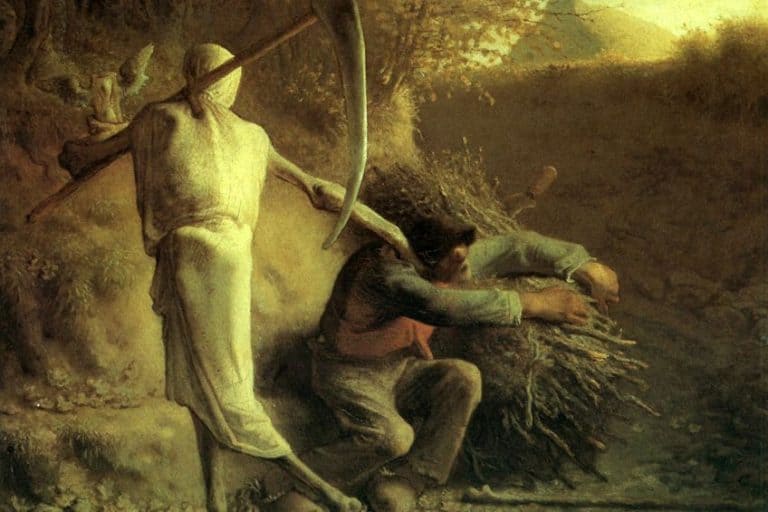Famous Spanish Poems – Explore Great Prose from Spain
What are some of the most famous Spanish poems? That is what we are going to set out to explore today. We are going to look at ten of the most famous Spanish poems and the poets who wrote said poems. There is much that can be learned about Spanish poetry, even for those who can only speak English. Many examples of Spanish poems with English translations exist, and, as a result, many of the poems discussed below have received official translations, and so they can be read if you are interested. If you want to learn a little more about famous Spanish poems in general, keep reading to see if there’s anything new for you to learn!
Some of the Most Famous Spanish Poems
There have been many famous poems over the years and a great many famous Spanish poets. These figures, by the nature of the history of the Spanish language’s movement through colonialism, means that there is a combination of poets from Spain and Latin America in this list. So, let’s get started and have a look at ten of the most famous Spanish poems and why they and their authors have become so prominent.
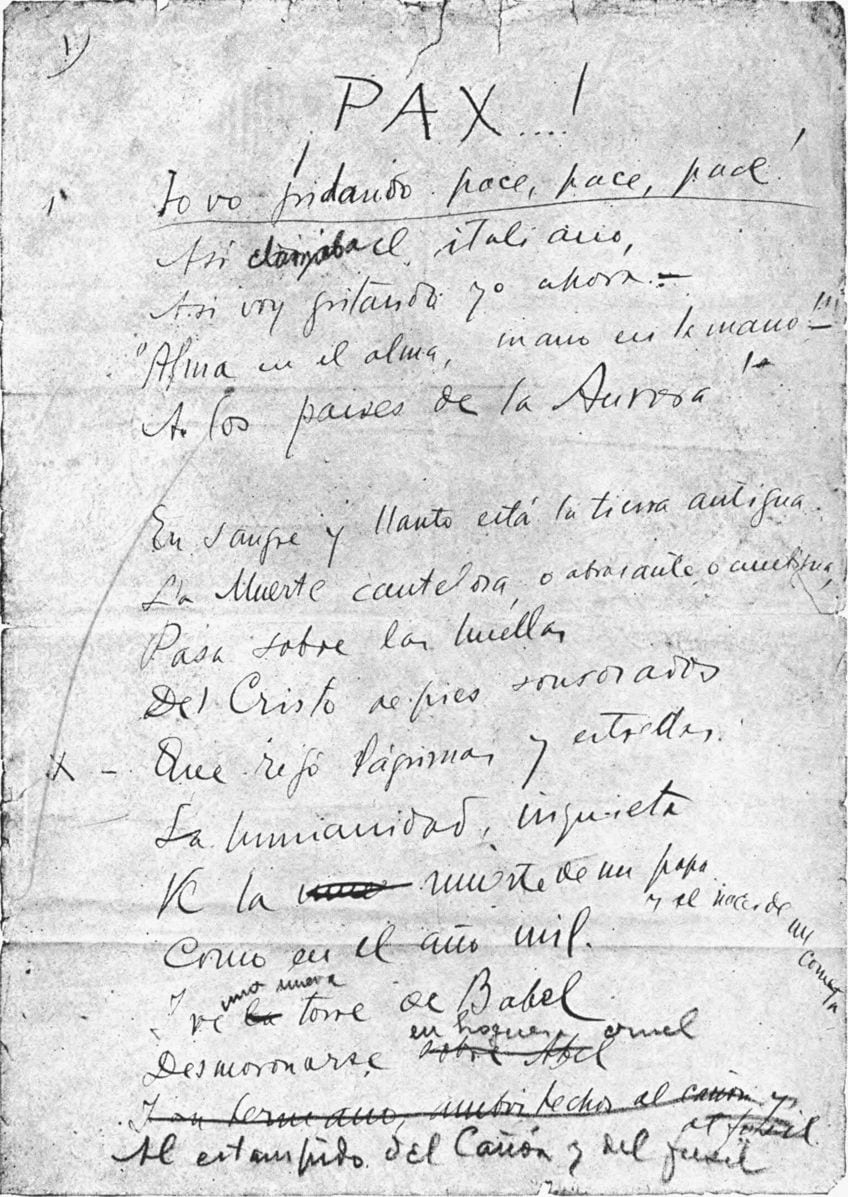
You Foolish Men (Late-17th Century) by Sor Juana Inés de la Cruz
| Date Published | Late-17th century |
| Type | Elegy |
| Topic | Logical errors |
Sor Juana Inés de la Cruz was an important Spanish writer from the Baroque period. She was far more than only a poet and did write in many other forms, such as philosophy and musical composition. However, we are only going to focus on one of her most famous Spanish poems today. This poem is an attack on the kind of men who made various logical mistakes and acted on morally misguided deeds.
You Foolish Men is a harsh criticism from the late-17th century that looked at the way in which certain types of men tried to attack women for the very things that those same men caused.
It attacks the arrogance of those men and calls them foolish for the ways that they act toward the women with whom they share the world. This Spanish poet was also never taught in the traditional sense and was instead entirely self-taught. She would learn to read by three and even managed to write her first poem when she was only eight years old. She would become one of the most important figures in proto-feminism.

At the Beginning (Between 1814 – 1873) by Gertrudis Gómez de Avellaneda
| Date Published | Between 1814 – 1873 |
| Type | Lyric poem |
| Topic | Nationalism |
Gertrudis Gómez de Avellaneda was one of the most prominent Spanish poets of the 19th century and an important figure in the history of Cuban poetry.
She was far more than only a poet though, and she also wrote many plays over the course of her life and was considered to be a prolific writer.
In terms of At the Beginning, her work is concerned with her strong feelings about having to leave behind her homeland of Cuba. The poem describes how she gazes upon and contemplates Cuba as the boat slowly pulls away into the open sea.
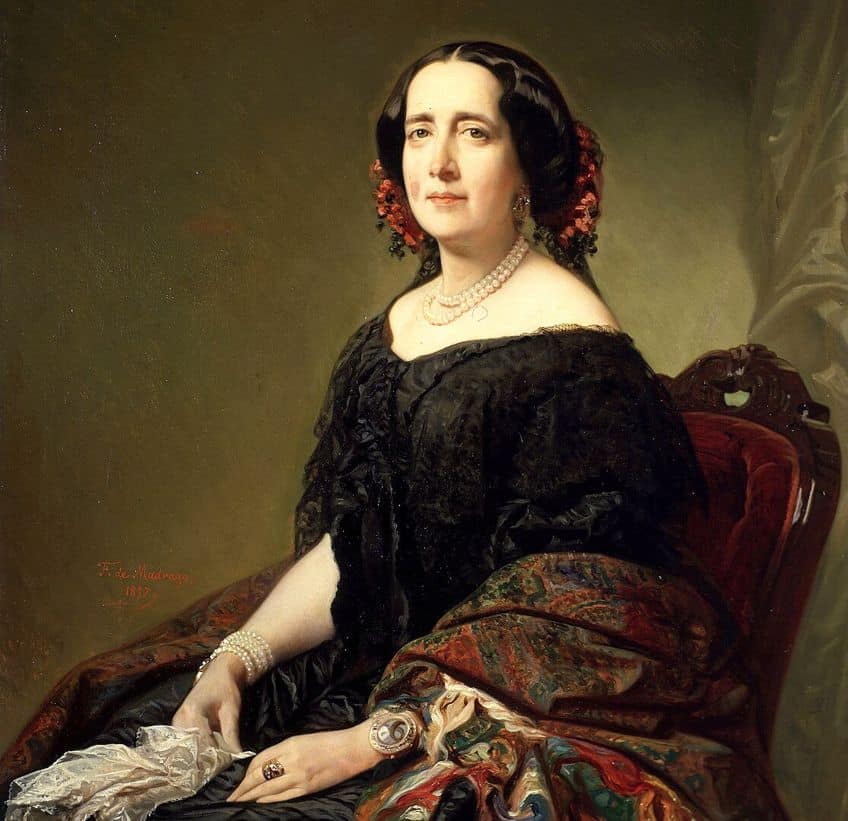
The Shadow of the Wing (Between 1870 – 1919) by Amado Nervo
| Date Published | Between 1870 – 1919 |
| Type | Ode |
| Topic | Religion |
The work of Amado Nervo, who was also sometimes known under the far lengthier name, Juan Crisóstomo Ruiz de Nervo, was an important Spanish poet in the history of Mexican poetry. He is generally considered to be the most praised and distinguished of all Mexican poets from the late-19th and early-20th centuries. His work is considered to be some of the most important religious poetry of the period.
In terms of his religious poetry, The Shadow of the Wing, is considered to be one of his most famous.
This Spanish poem discusses the way in which he is deeply in need of god and that he has a thirst and a hunger for this important spiritual figure. The poem is in praise of the Christian god and all that he can represent for those who do truly believe in him. For this reason, the writings of Amado Nervo have become some of the most influential of the modern period for spiritual belief.
Nervo had originally trained as a priest but moved away from that particular line of work to instead focus on a career in writing. However, his faith always remained. Many of his poems concern his attempts at understanding the world and achieving a kind of inner peace despite the difficulties of all that is around us. His work is potent and meaningful to those who do ascribe to religious teachings.

Traveler, your footprints (Between 1875 – 1939) by Antonio Machado
| Date Published | Between 1875 – 1939 |
| Type | Lyric poem |
| Topic | Life journey |
Antonio Machado was an important late-19th and early-20th-century literary figure who would go on to become one of the most important figures in more symbolic literary styles. This particular poem is considered to be a way of reflecting on and discussing the way in which we consider our lives and the ups and downs of our lives. The way they change, the way we change as a result, and what that can do.
Traveler, your footprints is one of the most significant Spanish poems with English translations.
This Spanish poem reflects on the ways in which we are all on our own journeys through life, and it focuses on the way in which there is no single way in which we can all make our way through life. Instead, we have to determine our own path through this life. We have to understand for ourselves the ways in which we create our own path through life.
When it comes to the poet in question, Antonio Machado, he is considered to be one of the main proponents of a movement known as the Generation of ’98. These figures were considered to be a group of writers and philosophers who were active in Spain during the war known as the Spanish-American War of 1898. It was not a particularly lengthy war, but those figures who became involved in this movement produced some of the most famous Spanish poems at the turn of the century.

In the Light of the Moon (Between 1886 – 1914) by Delmira Agustini
| Date Published | Between 1886 – 1914 |
| Type | Free verse |
| Topic | The moon |
Delmira Agustini was considered to be one of the most important poets in Uruguay and the rest of the South American continent. Her poems were powerful and bold, and they were considered to be some of the best of their kind. Her status as a female poet who was discussing and writing on such topics is also an important part of her history.
In terms of In the Light of the Moon, Agustini writes about her personal love and attachment for the moon and what it represents for her.
She simultaneously sees the moon as a faraway place that is cold, but also as a source of adoration and love. She sees it as a completely pure thing that is far and away detached from everything that we, as humans, will ever know, and that this is why certain people will be drawn toward it.
While many other famous Spanish poems at the time when she was writing instead chose to move in a more modernist direction, this was not the way in which her works proceeded. They were far more sensual and bridling with passion than that more detached modernist mentality. Sadly, she died quite young after she was murdered. The culprit of this act was also her estranged husband.
Kisses (Between 1889 – 1957) by Gabriela Mistral
| Date Published | Between 1889 – 1957 |
| Type | Lyric poem |
| Topic | Love |
Gabriela Mistral was one of the most influential and famous Spanish poets. Her works led her to become the first-ever Latin American author to attain a Nobel Prize in Literature. She explored numerous themes over the course of her illustrious career, and in terms of this particular poem, she explored the theme of love.
Kisses is one of the most famous Spanish poems about love. In the case of this poem, it uses the idea of kisses to understand the different ways in which love can present itself.
Kisses are often associated with love of many different varieties, and over the course of many stanzas, she expresses ways in which some kisses can hurt, some can be silent, some can cause trouble, and so on. Mistral was an important figure throughout her career as a Spanish poet, but she was far more than only a poet. She was also an important diplomat and educator. Her works would entail many different themes and come from a mix of influences that represented more Native American sources as well as European ones.

Comes the Dawn (Between 1899 – 1986) by Jorge Luis Borges
| Date Published | Between 1899 – 1986 |
| Type | Lyric poem |
| Topic | Relationships |
Jorge Luis Borges is generally considered to be one of the most famous and important Spanish poets of the 20th century. In terms of this particular poem, Comes the Dawn, it is concerned with relationships. It is not necessarily solely focused on the idea of romantic relationships but rather on the ways in which relationships can affect us in a number of different ways.
The poem itself is structured around nine stanzas and line lengths vary between them.
This famous example of Spanish poetry examines the ways in which we transition through the different phases of a relationship. There are many highs and lows within them over the course of our lives, and it becomes important to recognize yourself within relationships and ensure that you hold love for yourself. In this sense, it could be called one of the many Spanish poems about love, even if a large part of that love is concerned with the self.
In terms of Jorge Luis Borges, he was an immensely important figure in Argentine literature and one of the most exceptionally influential figures in world literature. One of his biggest contributions is that he is often seen as one of the founders of the magic realism movement which can still be found to this day. Many of his most famous texts are not actually poems, but he is still recognized as one of the most prominent Spanish poets regardless of that.
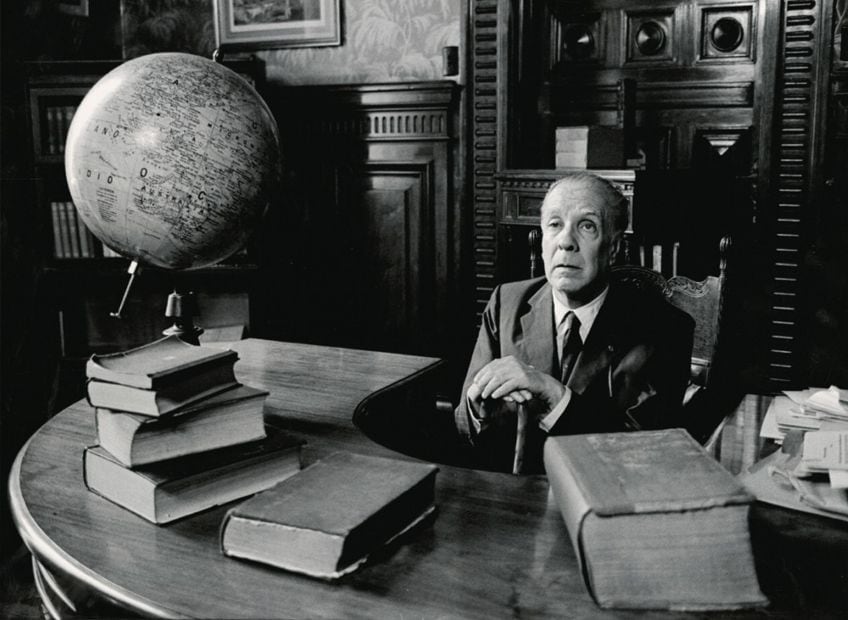
Romance Sonámbulo (1928) by Federico García Lorca
| Date Published | 1928 |
| Type | Lyric poem |
| Topic | Longing |
Romance Sonámbulo by the great Spanish poet Federico García Lorca is considered to be one of the most famous Spanish poems, and it truly is a stunning piece of work. The poem itself is concerned with the ways in which longing can be something immensely unattainable and therefore all the more mournful and beautiful.
This Spanish poet imbued the poem with the idea of the color green and the way in which this person after whom he longs is, in a sense, green.
The green is not necessarily literal and is instead a means of entering into his dreams and thereby portraying this person with metaphorical weight. The green is representative of a new kind of life, a renewed and rebirthed form of what he currently has.
Federico García Lorca is one of the most famous Spanish poets and an important figure in the development of early-20th-century Spanish poetry. He also befriended the famous artist Salvador Dalí. However, his life would not have an especially pleasant end as he was eventually found and executed during the Spanish Civil War by the fascist forces of the Nationalist army.
Sonnet of the Sweet Complaint (1935) by Federico Garcia Lorca
| Date Published | 1935 |
| Type | Sonnet |
| Topic | Love |
Federico Garcia Lorca has already been discussed before, but he is considered to be one of the most important Spanish poets because of his dedication to the development of some of the more rudimentary aspects of classic Spanish poetry and drama. This has led to many of his works becoming some of the most famous Spanish poems. This particular sonnet is one of his most famous Spanish poems about love.
The sonnet, named Sonnet of the Sweet Complaint, is a Spanish poem about love and it concerns the way in which there is an inherently freeing love that exists between those who love one another.
The sonnet’s speaker discusses the way in which love is never lost between himself and this other person, and that this is one of the things he cherishes more than anything else. This Spanish poet is considered to be one of the most important poets of the first half of the 20th century. His movement towards the more classical forms would serve as a means of revitalizing their usage among other Spanish poets and playwrights. Through his work in drama, he was able to help in the establishment of a renewed interest in Spanish theater that would persist after his death.
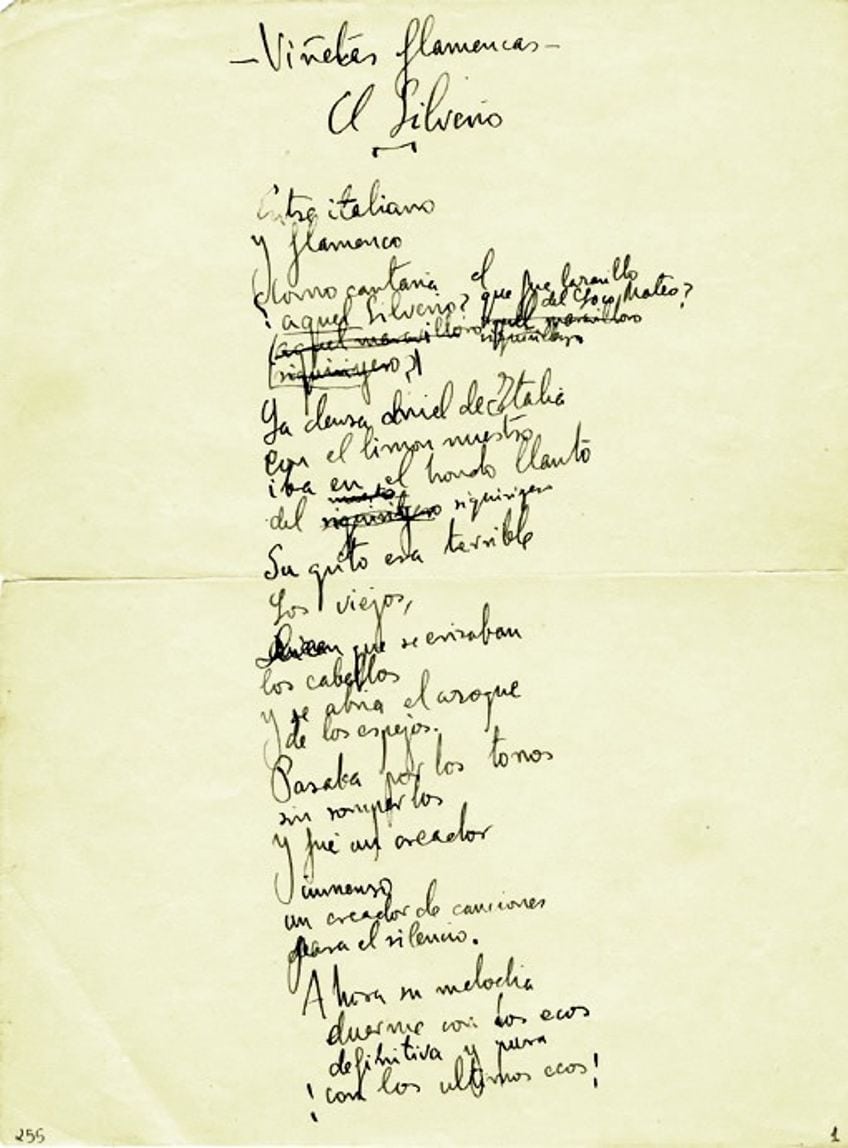
Ode to My Suit (1954) by Pablo Neruda
| Date Published | 1954 |
| Type | Ode |
| Topic | Clothing |
When it comes to famous Spanish poets and Spanish poems with English translations, one should always look towards Pablo Neruda. He is one of the most notable poets of the 20th century and one of the most important to have written his work in the Spanish language. Many of his poems are about a great many different things, and much of his work was loaded with political points that could be explored and discussed.
In the case of this particular Spanish poem, Ode to My Suit, he is instead focused on something that many of us would never place all that much emphasis on: a suit.
However, he speaks about this suit as something that he wears every day and how it is a constant in his life, but halfway through the poem, his tone shifts. Instead, he starts to think about this ever-present constant in his life and what will happen to it once he passes away. What will become of this thing that has always been there? A thing that only he has any true attachment to.
Pablo Neruda himself is considered to be one of the most important Spanish poets. He was a Chilean figure who was involved in both literature and politics. He had a long and illustrious career that was filled with many highs and lows, including a need to flee from a government that wanted him in prison. He would go on to win the Nobel Prize for Literature in 1971 in recognition of his significant contributions to international and Spanish poetry.
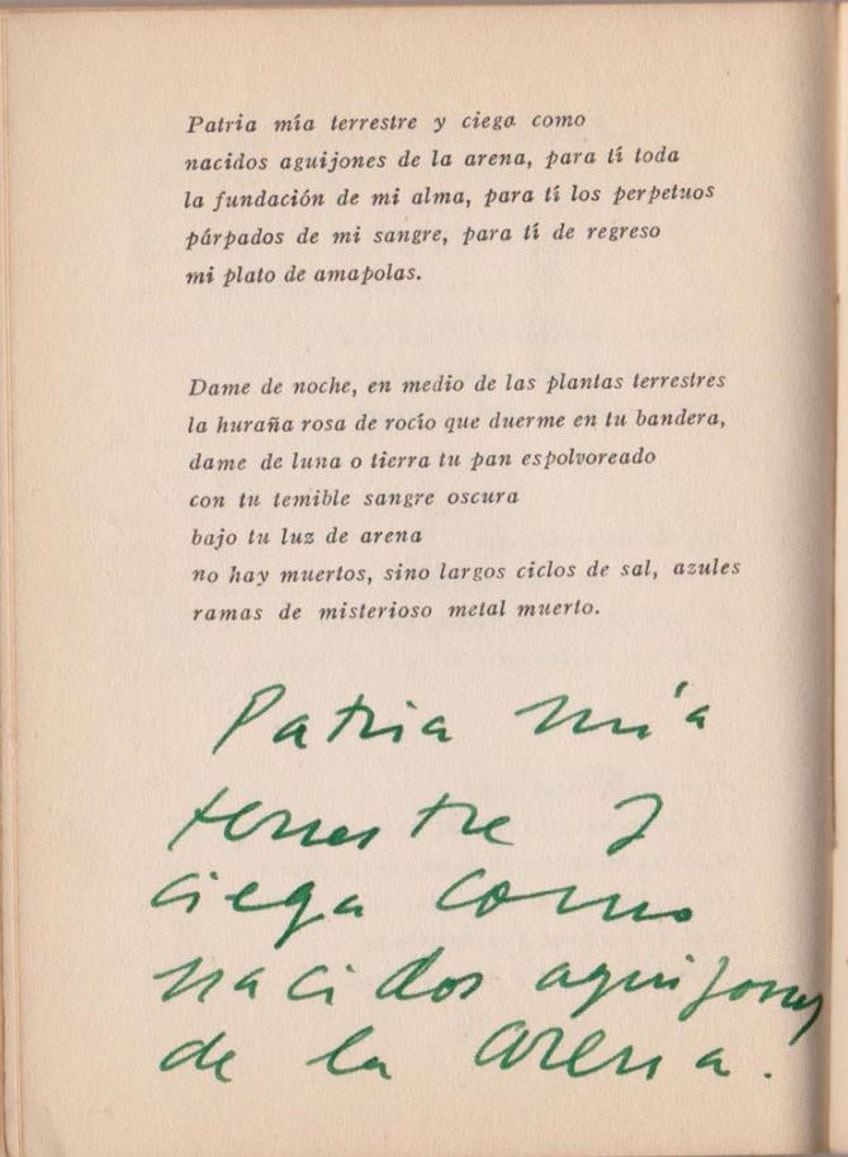
The Issue of Translation
It should be noted that translation is a tricky thing. We often take it for granted and assume that nothing is necessarily lost when we translate something from one language to another, but this is not actually the case. This is especially true when it comes to poetry because of the fundamental way in which poetry is based on the specific nuances and formal aspects of the language in which it is written.
In poetry, any kind of poem usually pays very close attention to word choice, word order, rhyme, meter, and various poetic techniques. These kinds of aspects do not usually translate very well. While you may be able to translate the literal meaning, much of the nuance will be lost. It may be best to look at this through a language example.
Let’s say there was a poem that made use of the word “horse”. Well, if that poem were to be translated to Latin, the word would become “equus”.
So, if that English poem had rhymed “horse” with “force”, there is now going to be an issue with translating it into Latin because the Latin translation of “force” is “vi”. You cannot rhyme “vi” with “equus”, but you can rhyme “horse” with “force”.
This is only the rhyme though. What if a translation has a different number of syllables? That will alter the meter. What if a language has a different standard word order? That would lead to parts of the poem being rearranged. What if alliteration was created to produce something like “the horse house”. That would become “equus domum” and completely ruin the alliteration. So, what does all this mean for this article?
Well, it means that certain elements in these Spanish poems will only actually work in Spanish. By reading Spanish poems with English translations, we are fundamentally missing part of what made them important poems. We cannot see everything that was done with the original form and so we are unable to appreciate it to its full extent.
This does not mean that we should ignore anything that was originally in another language, but it does mean that we need to do our best to understand this and to ensure that we keep it in mind when we read anything that has been translated. Interpretation of artistic works is already a complicated thing, and adding a whole layer of uncertainty in translation is bound to make that even more complicated.
We finally come to the conclusion of our discussion about some of the most famous Spanish poems and poets. We have examined ten of the most famous Spanish poems, while also looking at those who were responsible for their creation. Hopefully, you learned a few things about Spanish poetry along the way, but there are many other aspects of Spanish poetry that are still worth examining, and many amazing Spanish poems with English translations to read!
Frequently Asked Questions
What Is a Spanish Poem?
A Spanish poem is quite a simple thing to define as it simply refers to any poem that is written in the Spanish language. However, as Spain was one of the earliest colonial powers, the spread of Spanish throughout the world, and especially into the Americas, is significant. This means that there are many Spanish poets that can be found in either Spain or Latin America. One could also likely use this term to describe those who write in Spanish in North America too, but they are not quite as prominent as those in Europe or Central and South America.
What Types of Spanish Poetry Are Most Common?
There are a number of types of Spanish poetry. Some of the most common of these types of poetry include Decima poetry, which makes use of a 10-line structure, flamenca, which is a 5-line variety, or a seguidilla, which is a syllabic 7-line poem. However, Spanish poets have also made use of other types of poetry, from sonnets to free verse poems. The history of Spanish poetry goes back to the European medieval era, and it continues to persist to this day.
What Is the Most Famous Spanish Poem?
There are numerous famous Spanish poems, but it is possible that the most famous of them all is the Federico García Lorca’s poem, Romance Sonámbulo. This poem has been discussed in more detail above but is a Spanish poem about love and the longing that comes along with it. This poem was also written in the leadup to the Spanish Civil War. This was a period of immense difficulty and hostility throughout Europe and, obviously, within Spain.
Who Is the Most Famous Spanish Poet?
While a figure like Miguel de Cervantes may have written some poems and is likely the most famous and important writer in the history of the Spanish language, he is far better known for his novels. The most notable of which is the influential Don Quixote. For this reason, it’s more likely that Federico García Lorca is a more famous Spanish poet. In addition, the way in which he was killed by the fascist Nationalist army during the Spanish Civil War and the relatively young age at which he perished have contributed to his immense fame.
What Is the Most Famous Spanish Poem Translated into English?
When it comes to famous poems and famous poets, they are often tied together. Figures like Pablo Neruda or Jorge Luis Borges are immensely famous and have many works that have been translated into English, which means that they may have some of the most famous Spanish poems with English translations. However, as fame is something subjective, this is mostly a thought exercise, but poems like Ode to My Suit (1954) and Comes the Dawn (between 1899 and 1986) by Neruda and Borges, respectively, may be some of the most famous Spanish poems that have made their way into the English language.
Justin van Huyssteen is a freelance writer, novelist, and academic originally from Cape Town, South Africa. At present, he has a bachelor’s degree in English and literary theory and an honor’s degree in literary theory. He is currently working towards his master’s degree in literary theory with a focus on animal studies, critical theory, and semiotics within literature. As a novelist and freelancer, he often writes under the pen name L.C. Lupus.
Justin’s preferred literary movements include modern and postmodern literature with literary fiction and genre fiction like sci-fi, post-apocalyptic, and horror being of particular interest. His academia extends to his interest in prose and narratology. He enjoys analyzing a variety of mediums through a literary lens, such as graphic novels, film, and video games.
Justin is working for artincontext.org as an author and content writer since 2022. He is responsible for all blog posts about architecture, literature and poetry.
Learn more about Justin van Huyssteen and the Art in Context Team.
Cite this Article
Justin, van Huyssteen, “Famous Spanish Poems – Explore Great Prose from Spain.” Art in Context. September 11, 2023. URL: https://artincontext.org/famous-spanish-poems/
van Huyssteen, J. (2023, 11 September). Famous Spanish Poems – Explore Great Prose from Spain. Art in Context. https://artincontext.org/famous-spanish-poems/
van Huyssteen, Justin. “Famous Spanish Poems – Explore Great Prose from Spain.” Art in Context, September 11, 2023. https://artincontext.org/famous-spanish-poems/.


